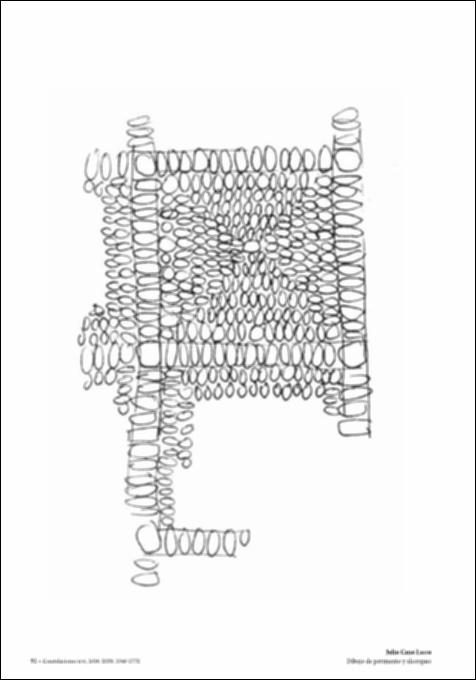Please use this identifier to cite or link to this item:
http://hdl.handle.net/10637/11858Regla y lugar: los centros del PPO de Cano Lasso y Campo Baeza y la hibridación tipológica del claustro
| Title: | Regla y lugar: los centros del PPO de Cano Lasso y Campo Baeza y la hibridación tipológica del claustro Rule and Place. Cano Lasso and Campo Baeza’s PPO Centers and the Typological Hybridization of the Cloister. |
| Authors : | Martín Robles, Inés María Pancorbo Crespo, Luis |
| Keywords: | Cano Lasso; Campo Baeza; Arquitectura española; Método tipológico; Plan de Promoción Obrera; Arquitectura monástica; Spanish Architecture; Typological Method; Work Promotion Plan; Monastic Architecture |
| Abstract: | Tanto las abadías cistercienses como los edificios del PPO de Vitoria,
Salamanca y Pamplona proyectados por Julio Cano Lasso y Alberto
Campo Baeza, comparten una característica que los hace muy cercanos
a la sensibilidad contemporánea. Su planteamiento de un esquema
geométrico de base les permite introducir la característica de la
perfectibilidad, de la posible modificación y ampliación en el tiempo,
sin perder la coherencia, identidad y unidad de partida, a partir del
uso de mecanismos de hibridación tipológica. Son edificios que se
presentan como un estado congelado dentro de un proceso evolutivo.
Como los cenobios del Medioevo europeo, son organismos perfectamente
capaces de absorber, sin modificar su estructura esencial, ampliaciones
y reducciones. Son estructuras pensadas para poder mutar
sin perder la legibilidad de sus genes tipológicos originales, tanto
cuando se construyen en diferentes localizaciones, como cuando una
vez construidos, sufren modificaciones o ampliaciones. Both the Cistercian abbeys and the buildings of the PPO in Vitoria, Salamanca and Pamplona designed by Julio Cano Lasso and Alberto Campo Baeza, share a characteristic that makes them very close to contemporary sensibility. Their approach to a basic geometric scheme allows them to introduce the characteristic of perfectibility, of possible modification and extension over time, without losing coherence, identity and unity of departure from the use of typological hybridization mechanisms. They are buildings that present themselves as a frozen state within an evolutionary process. Like the monasteries of the European Middle Ages, they are perfectly capable of absorbing, without changing their essential structure, enlargements and reductions. They are structures designed to be able to mutate without losing the legibility of their original typological genes, both when they are constructed in different locations and when once built, undergo modifications or extensions. |
| Description: | En: Constelaciones. ISSN. 2340-177X. n. 6, 2018, pp 93-108 |
| URI: | http://hdl.handle.net/10637/11858 |
| Rights : | http://creativecommons.org/licenses/by-nc-nd/4.0/deed.es |
| Issue Date: | 1-May-2018 |
| Appears in Collections: | Núm. 6 (2018) |
Items in DSpace are protected by copyright, with all rights reserved, unless otherwise indicated.


